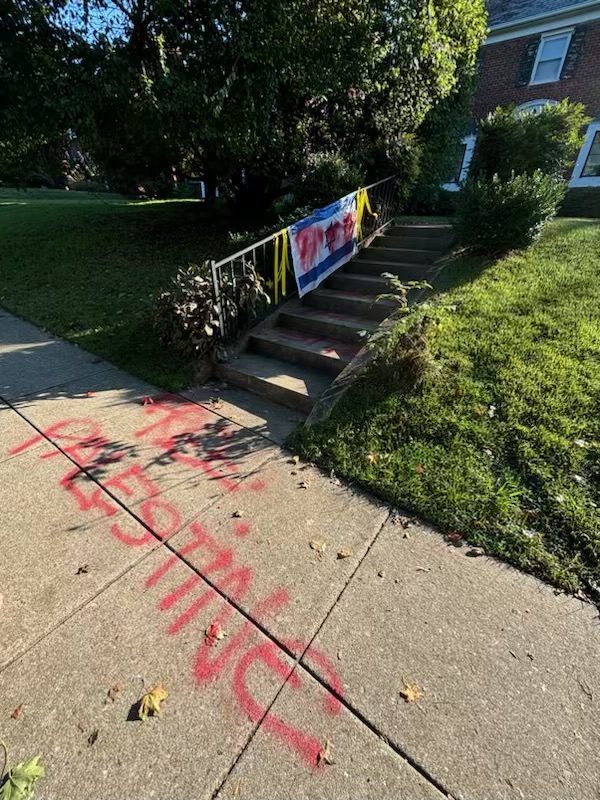A for equity
January 8, 2023
This year, the high school administration is experimenting with a new form of assessing students called equity grading. High School Principal Dr. Lisa Vardi and Academic Dean Aileen Goldstein, are tasking teachers to slowly implement the new approach.
The old approach encouraged students to value completion assignments and busy work to boost their grade. However, Vardi says that this discourages students from learning the actual material and makes them worry solely about grades. The new approach attempts to remove this emphasis on points and ensure that students are scored in a way that accurately reflects their abilities.
“It is an approach to grading that is designed to increase transparency, to remove bias and to give much more core feedback to students about where they are in their development and progress of learning at any given time,” Goldstein said.
JDS based the equity grading shift on the work of Joe Feldman, the author of “Grading for Equity” and founder of the Crescendo Education Group. Goldstein and Vardi have attended some of Feldman’s workshops and brought his team in to teach JDS faculty over the summer and during the Nov. 7 professional day.
In an interview with the Harvard Graduate School of Education, Feldman said that the process of averaging students’ homework, quiz and test scores across an entire semester punishes those without the privileges of summer enrichment experiences, tutoring or having stronger teachers in previous years.
According to Feldman, more equitable grading practice puts more weight on students’ final mastery of content. In the book, Feldman argues that students should be graded on their knowledge of a topic, not their ability to complete mundane assignments.
While not every department is making the same changes, teachers are collaborating within departments. Many have begun by slowly removing grades for completion assignments to place more weight on knowledge of actual material. However, the administration has given faculty flexibility, so changes vary from between departments.
“What I really liked about the professional day was we had a chance to talk with the administrators but also with different departments,” math teacher Robbie Shorr said. “So I felt very supported… There’s a lot of flexibility, each teacher is given the chance to experiment and figure out what’s best for their classes and their material and their students.”
The biggest change across all departments is that each semester is equally weighted (45% for classes with finals and 10% for the final) for a student’s final grade, no matter how many points are actually scored in each semester.
English teacher Melissa Fisanich has implemented formative assignments, which carry no weight grade-wise. Fisanich leaves extensive feedback to help students prepare for summative assessments at the end of each unit. Fisanich grants the opportunity to redo summative assignments to help emphasize learning the material over the grade.
“I think the biggest difference is that students feel less stressed,” Fisanich said.
Some students were caught off guard by the changes in their classes. Junior Gaby Goldberg believes the administration should give students more information about the new equity grading program.
“Every time a teacher explains it, they give an empty platitude about ‘equity’ and provide no tangible [details] to the students, which has more or less left us in the dark about the grading system,” Goldberg said.
As teachers experiment with equity grading, students will be forced to adapt to change. While the goal of equity grading is to better represent how students learn, Goldberg believes that taking away simple assignments and putting more pressure on tests is damaging to students.
“Every single student has taken a test in which they could’ve gotten a better grade, but maybe didn’t do as well as they could’ve,” Goldberg said. “Taking away completion assignments… puts more pressure on students and increases the chances their final grade doesn’t accurately reflect how much they know.”
To compensate for the loss of completion points, Vardi, who also teaches an English class, supports giving students second chances on summative assessments, something Feldman emphasizes.
“[A redo policy] motivates students to take risks,” Vardi said. “It motivates students to be more creative. It motivates students to take a look deeply at their work and say: how can I improve it?”
Implementing a new system is not a quick process; Goldstein said it is a multi-year experiment, which requires patience. She understands that some students are pessimistic about the change but she believes that in the end, most will see this policy as beneficial.
“We see this as a multi-year process to figure out what is best for students and what maximizes the learning,” Goldstein said.








